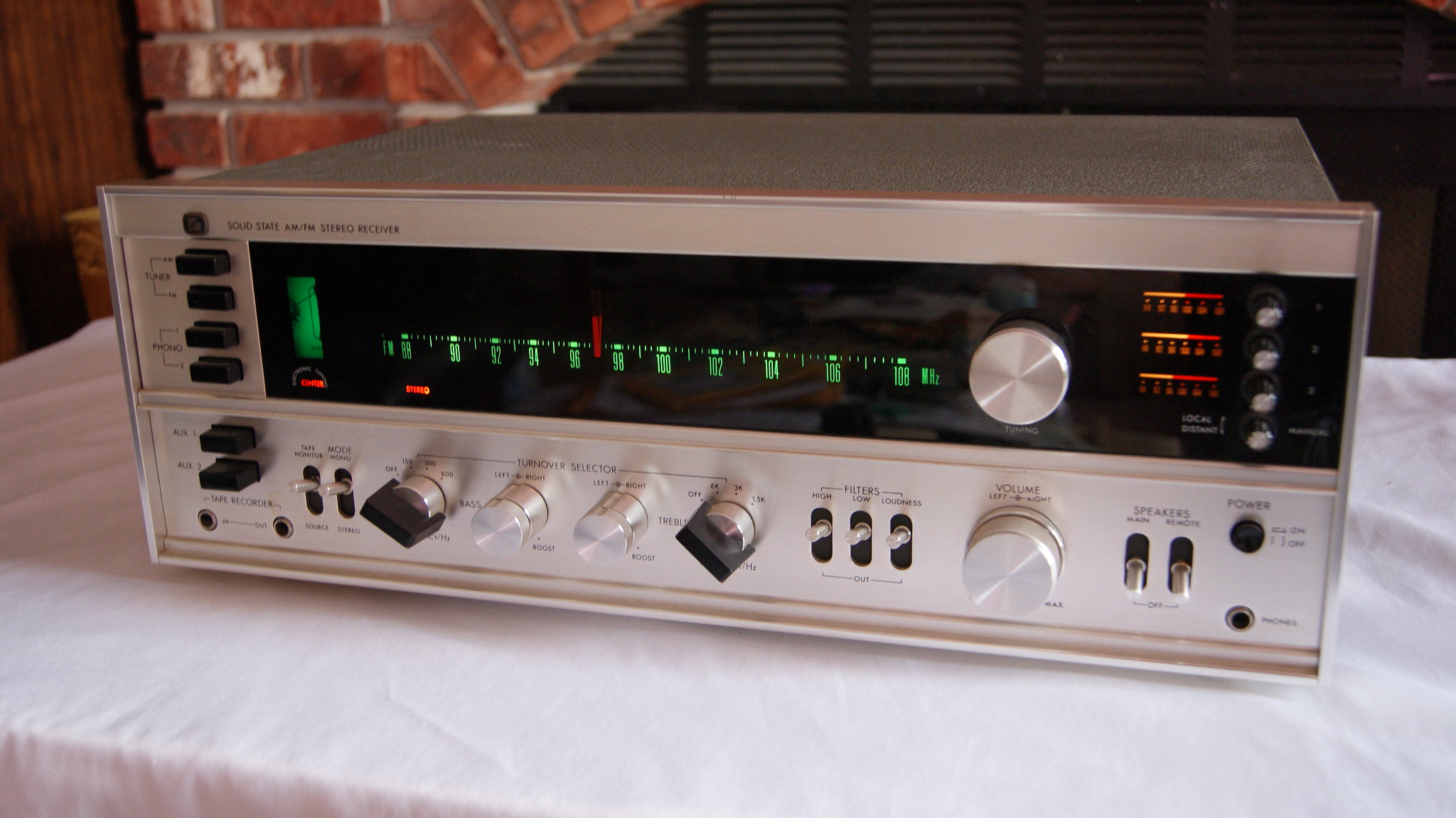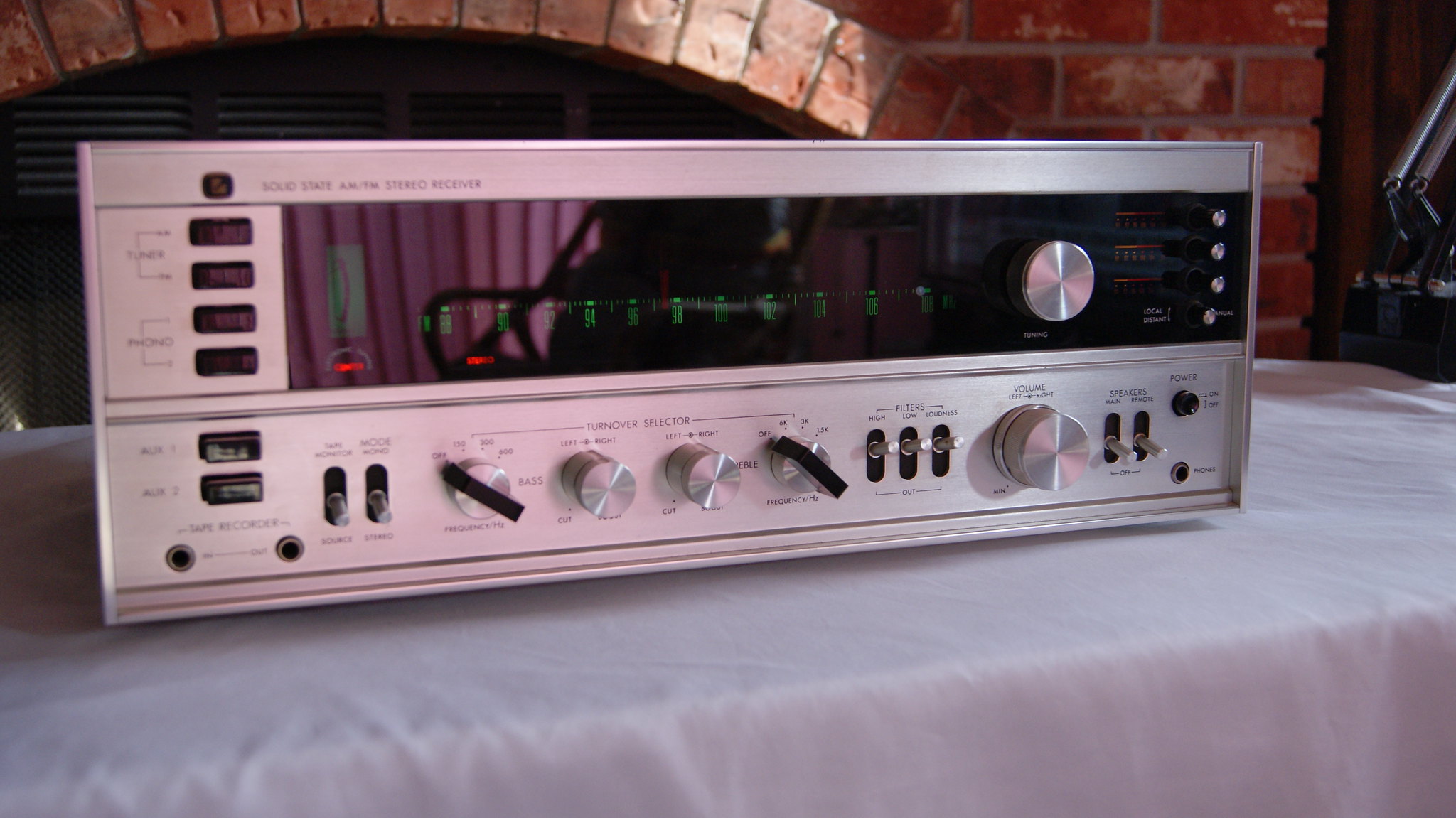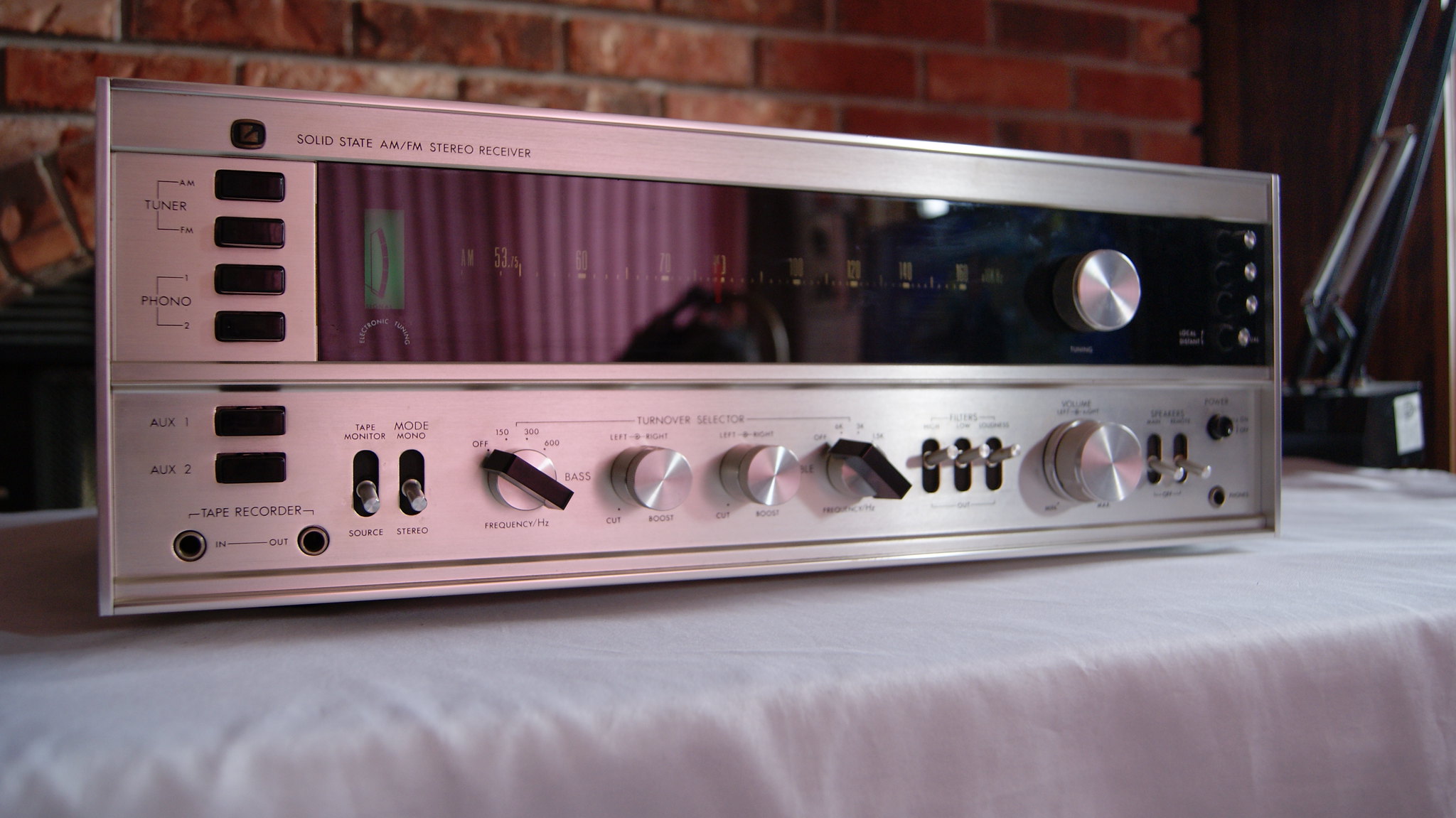Another Luxman but of the early 70s. This is a beast, that it weights a lot. Over the internet the Luxman FQ-900 has another name. People assumed the Lux BIC 71/3R belongs to the bigger sibling of the FQ-900, the FQ-990. However, I think the Lux BIC 71/3R is the correct one and the Lux BIC 71/2R is the FQ-990. Why? Well, from what I've "researched" i.e. Googling, the 71/2R retailed at a higher price, thus I am assuming it had more power. Both the FQ-900 and FQ-990 shared the same design, just one had more power. So, higher retail price probably meant more power. That is my story and I am sticking to it until I get more concrete evidence. However, these units are quite "rare" and I haven't seen a lot of information about them.
This is a solid state receiver, in case I didn't mention it. And, like the R-3030, it shares very similar sound signature, that it's smooth, open, and very balanced. However, I do think the R-3030 is a bit more refined, which makes sense, the R-3030 is almost a decade newer. However, the Luxman FQ-900 does seem to match well with the AR4x speakers.
Inside the guts it's all quality, almost look hand built from all the wire wrapped and well organized placement of the circuit boards. Not to mention that heavy transformer which makes it very lopsided when carrying the receiver!
It's in beautiful shape and was professionally serviced by our friend the TweakJunkie! Interestingly enough, it took 2 Luxman FQ-900 to make 1, as one of them had broken switches that needed to be replaced and finding the parts would be near impossible. I guess he was just lucky to have come across a parts unit!
It's rated at 50wpc, and the FM and AM has different display lights, which will turn off if you switch to phono or auxiliary. It also has some fine tuning adjustment for the radio on the right side, which is a neat feature and certainly do not see on your typical receiver.
It is definitely an unique piece that has the sound quality too boot. Oh, did I mention the model number is on the back, near the bottom? Yeah, weird place to put it.
This is a solid state receiver, in case I didn't mention it. And, like the R-3030, it shares very similar sound signature, that it's smooth, open, and very balanced. However, I do think the R-3030 is a bit more refined, which makes sense, the R-3030 is almost a decade newer. However, the Luxman FQ-900 does seem to match well with the AR4x speakers.
Inside the guts it's all quality, almost look hand built from all the wire wrapped and well organized placement of the circuit boards. Not to mention that heavy transformer which makes it very lopsided when carrying the receiver!
It's in beautiful shape and was professionally serviced by our friend the TweakJunkie! Interestingly enough, it took 2 Luxman FQ-900 to make 1, as one of them had broken switches that needed to be replaced and finding the parts would be near impossible. I guess he was just lucky to have come across a parts unit!
It's rated at 50wpc, and the FM and AM has different display lights, which will turn off if you switch to phono or auxiliary. It also has some fine tuning adjustment for the radio on the right side, which is a neat feature and certainly do not see on your typical receiver.
It is definitely an unique piece that has the sound quality too boot. Oh, did I mention the model number is on the back, near the bottom? Yeah, weird place to put it.


